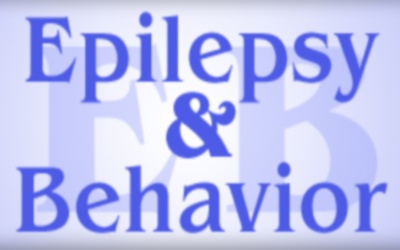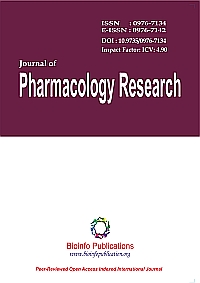
“Viral hepatitis B (HBV) and hepatitis C (HCV) pose a major health problem globally and if untreated, both viruses lead to severe liver damage resulting in liver cirrhosis and cancer. While HBV has a vaccine, HCV has none at the moment. The risk of drug resistance, combined with the high cost of current therapies, makes it a necessity for cost-effective therapeutics to be discovered and developed.
The recent surge in interest in Medical Cannabis has led to interest in evaluating and validating the therapeutic potentials of Cannabis and its metabolites against various diseases including viruses. Preliminary screening of cannabidiol (CBD) revealed that CBD is active against HCV but not against HBV in vitro. CBD inhibited HCV replication by 86.4% at a single concentration of 10 μM with EC50 of 3.163 μM in a dose-response assay.
These findings suggest that CBD could be further developed and used therapeutically against HCV. Cannabidiol exhibited in vitro activity against viral hepatitis C.” https://www.ncbi.nlm.nih.gov/pubmed/28250664
“Cannabidiol (CBD) is a nonpsychoactive cannabinoid found in the Cannabis plants and is credited for several pharmacological properties. It is also known to have beneficial effects against inflammation/pain, neurological conditions, cancer, and other ailments. In general, with regard to antiviral activity, medical Cannabis was reported to be used as an accompanying remedy by HIV/AIDS patients to alleviate neuropathic pain, wasting, nausea, and vomiting. Given the increasing use and application of medical Cannabis along with its nonpsychoactive metabolite (CBD), and in line with our continuous effort to evaluate and validate the potential therapeutic properties of CBD, the major aim of this study was as such to evaluate the anti-HBV and anti-HCV activities of CBD in vitro. We report here for the first time in vitro studies to demonstrate the antiviral activity of CBD against HCV. CBD was shown to have activity against HCV in vitro but not against HBV. A review of the literature seems to suggest that CBD may also have activity in vivo based on its interaction with the CB2 receptor and as such using a host mechanism to indirectly slow the pathogenic process of the HBV virus. Based on these findings, CBD as such has potential to be further developed as a treatment for viral hepatitis, especially as a combination therapy with the currently existing therapies.” https://www.ncbi.nlm.nih.gov/pmc/articles/PMC5330095/






